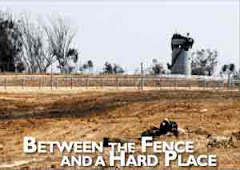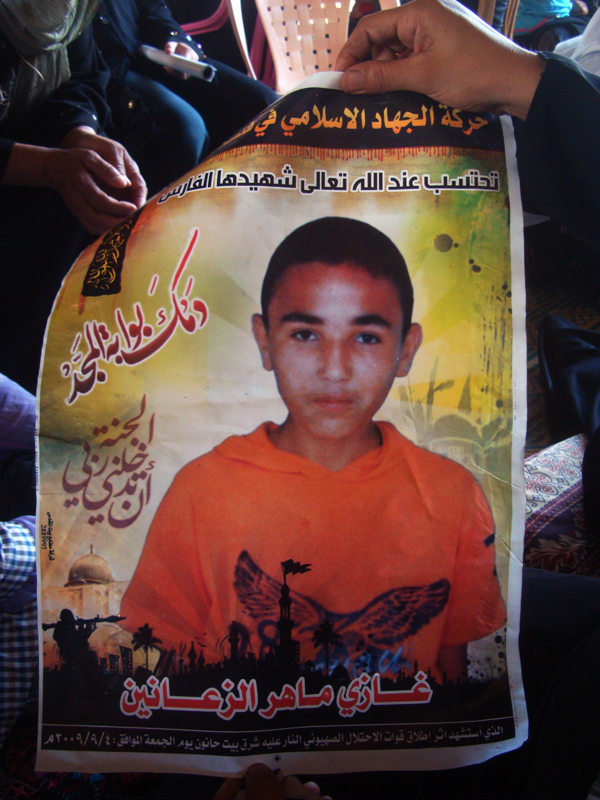
GAZA CITY (Ma'an) -- Israeli forces briefly entered the Gaza Strip overnight Wednesday, damaging land near the border, as Israel's navy fired at the coast, setting fire to farm land.
Five military bulldozers entered the southern Gaza Strip near al-Qarara village east of Khan Younis as army planes hovered above. The bulldozers dug up agricultural fields near the border, damaging the crops, before withdrawing, a Ma'an correspondent said.
Meanwhile, Israel's navy opened fire at farmland in Beit Lahiya in the northern Gaza Strip, causing a fire to break out, a Ma'an reporter said.
An Israeli army spokeswoman did not immediately return a call seeking comment.





